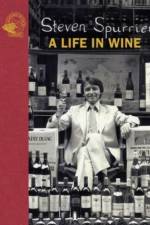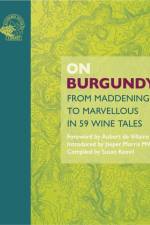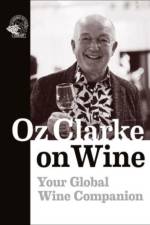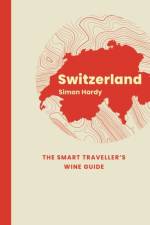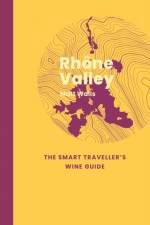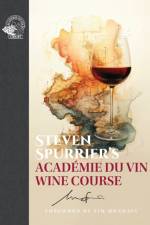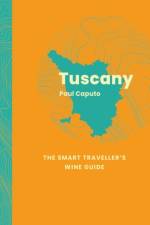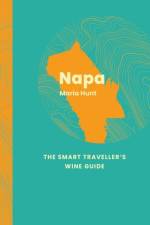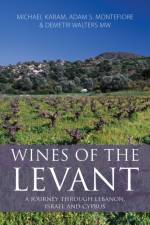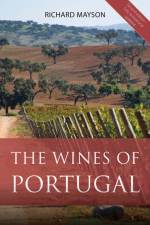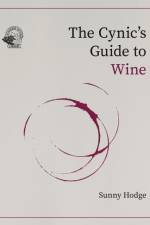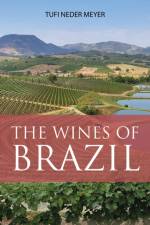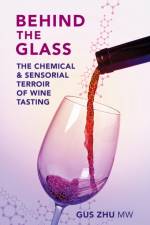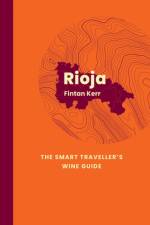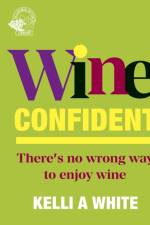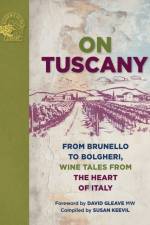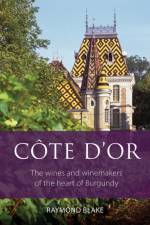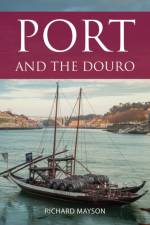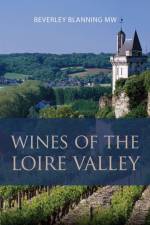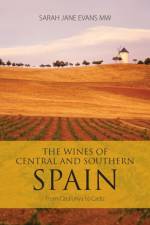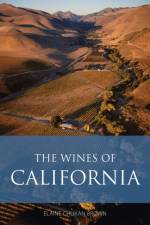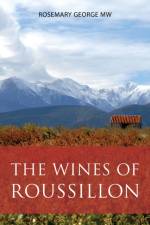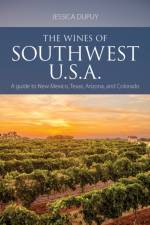459
- A multi-layered look at this essential wine, beautifully designed to bring the region to life on the page- Contributions from top Burgundy writers: Jasper Morris MW, Allan Meadows, Raymond Blake, Kermit Lynch, Jeannie Cho Lee MW, Hugh Johnson, Margaret Rand, Serena Sutcliffe and many more, including Evelyn Waugh- The fascinating history and Burgundy's place in the world today, and its aspirations for the future- Full of stories about the innovators and characters- Next in the series after On Champagne, one of 2023's wine books of the year in Sunday Telegraph and Washington PostBurgundy is France's most prized and prestigious wine region today as well as being one of its oldest and most traded, if not always by the English. Its wines, to quote Jay McInerney who contributes, are "for lovers, lunatics and poets..." and are the textbook definition of what terroir is all about. Villages mere meters apart produce wines of startlingly different personalities, and it is one of the rare regions in Europe whose red and white wines are equally celebrated. For all of its precious history it is also a region at the forefront of vinous innovation, with many winemakers certified as biodynamic. It is home to some of the world's most famous wine estates, and its top wines are all made from just one red and one white grape, yet the range of wine styles across the region, from Chablis in the north to Beaujolais in the south is significant. On Burgundy explores all of these themes and ideas with contributions from many of the world's top wine writers, looking at the kings, popes, mavericks and pioneers who have made wine in this region for generations.


